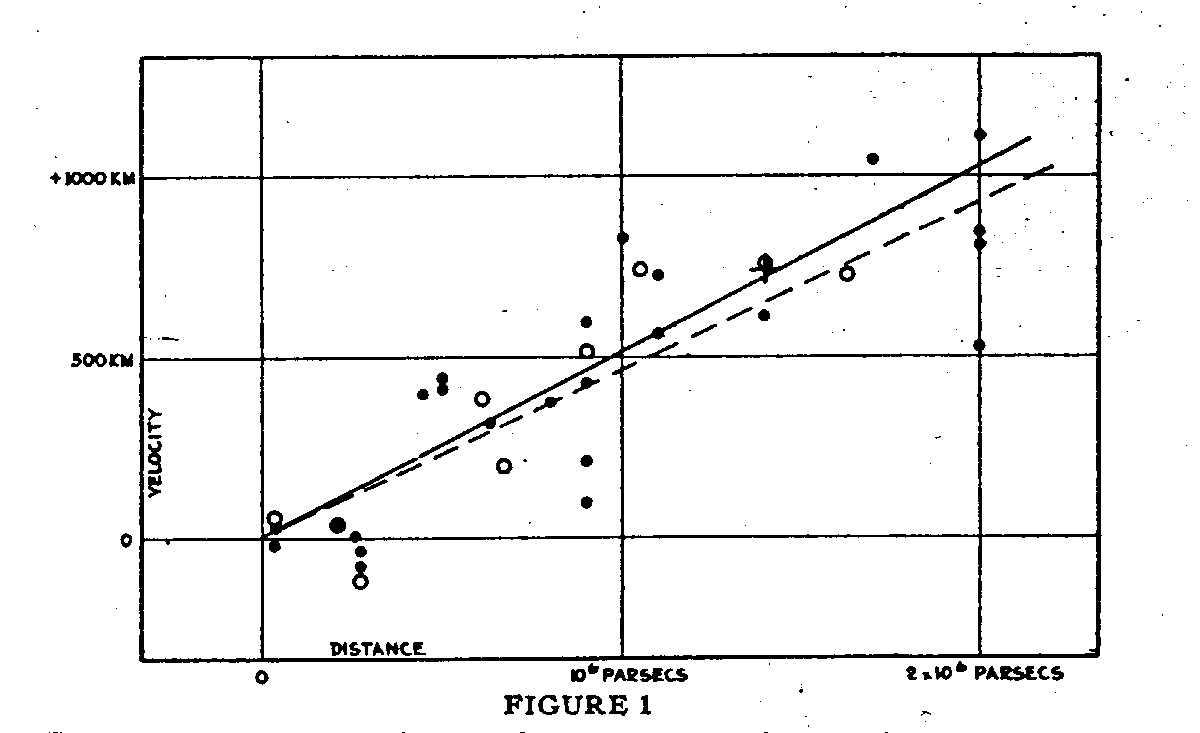[/caption]
Velocity, in physics, is a vector quantity (it has both magnitude and direction), and is the time rate of change of position (of an object). However, quite often when you read ‘velocity’, what is meant is speed, the magnitude of the velocity vector (speed is a scalar quantity, it has only magnitude). For example: escape velocity (the minimum speed an object needs to escape from a planet, say); note that this can be easily turned into a velocity, by adding ‘in the direction radially out from the center of the planet’, and that this direction is sometimes implied (if not actually stated).
In astronomy, it is often quite straight-forward to measure the component of velocity of a distant object along the line of sight to it, by measuring its redshift. This is a one-dimensional velocity (it has both magnitude and direction – either towards the observer, or away), but only one component of the object’s space motion. In most cases, it is clear from the context what is meant by ‘velocity’; for example, a ‘galaxy rotation curve’ often has ‘velocity’ on the vertical axis, meaning something like the estimated magnitude of the orbital velocity of the stars/gas/dust/plasma in the galaxy, assuming circular orbits. However, if you are not clued in to this context, it is all too easy to misunderstand what ‘velocity’ means!
Perhaps the most common form of Newton’s first law of motion is “In the absence of net force, a body is either at rest or moves at a constant speed in a straight line”. It is easy to re-write this using the textbook physics definition of velocity: “In the absence of net force, a body’s velocity is constant”.
Some further reading: Terminal Velocity (NASA), Velocity (Scienceworld), and Group Velocity and Phase Velocity (University of Virginia).
The word ‘velocity’ is used in many Universe Today stories, with various meanings; see if you can tell which one is used in these! Solar System’s Protective Shield is Weakening; Solar Wind Velocity at Record Low, Heavy ATV Must Learn to Apply the Brakes Before Docking with ISS, and Invading Stars Faster Than Speeding Bullet.
Solar System Movements and Positions and Einstein’s Theory of Special Relativity are two Astronomy Cast episodes highly relevant to the definition of velocity; be sure to check them out!
Sources:
Wikipedia
The Physics Classroom

